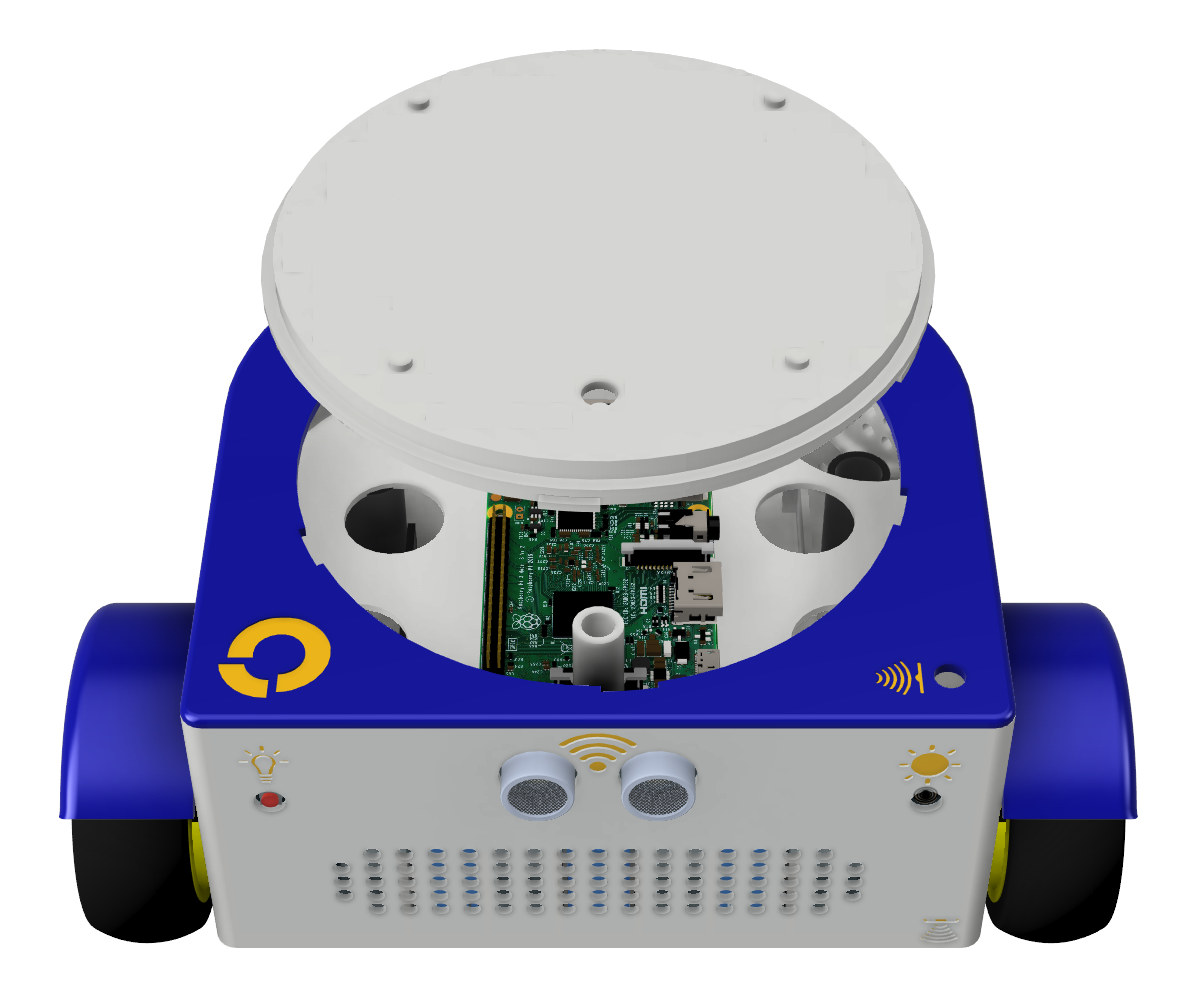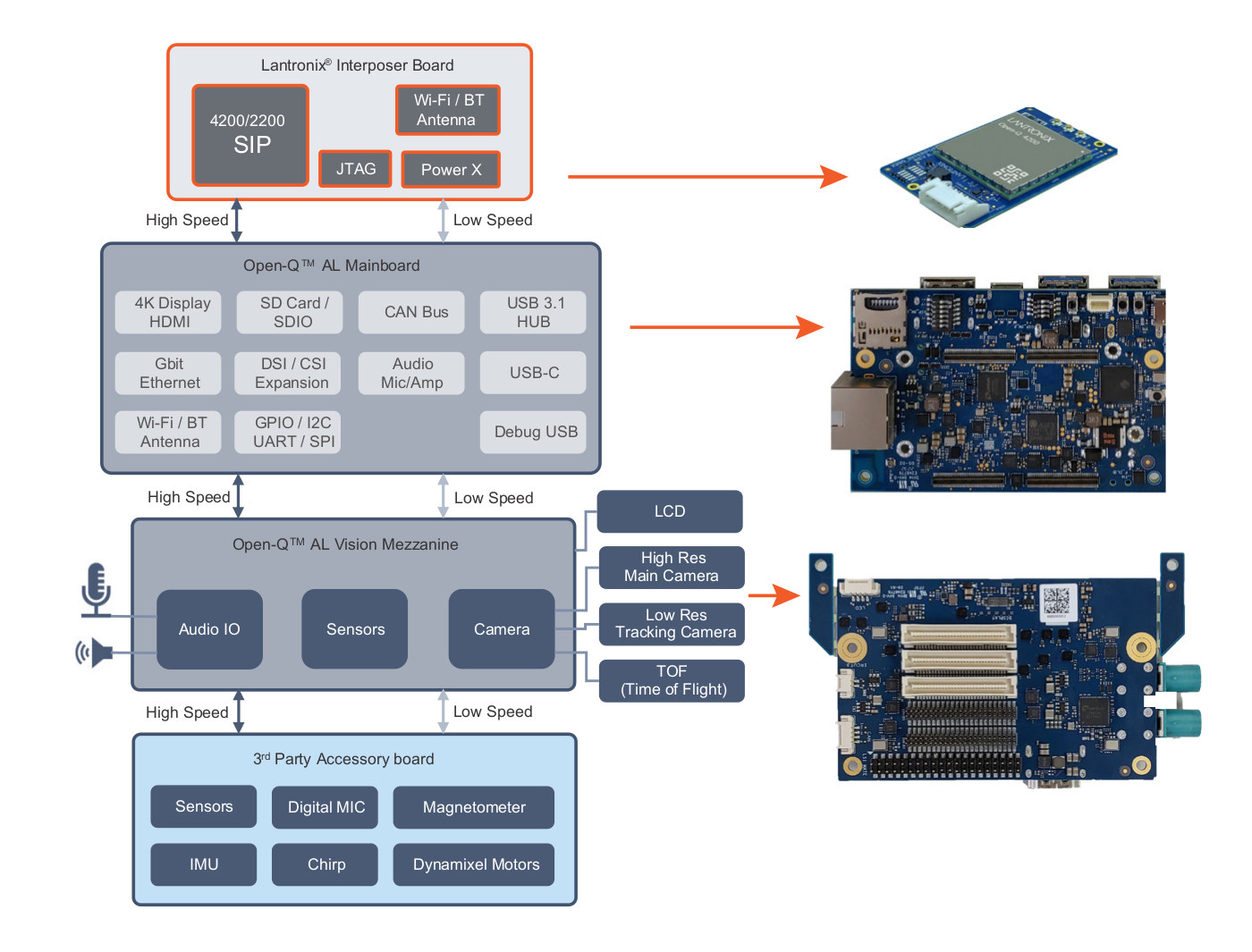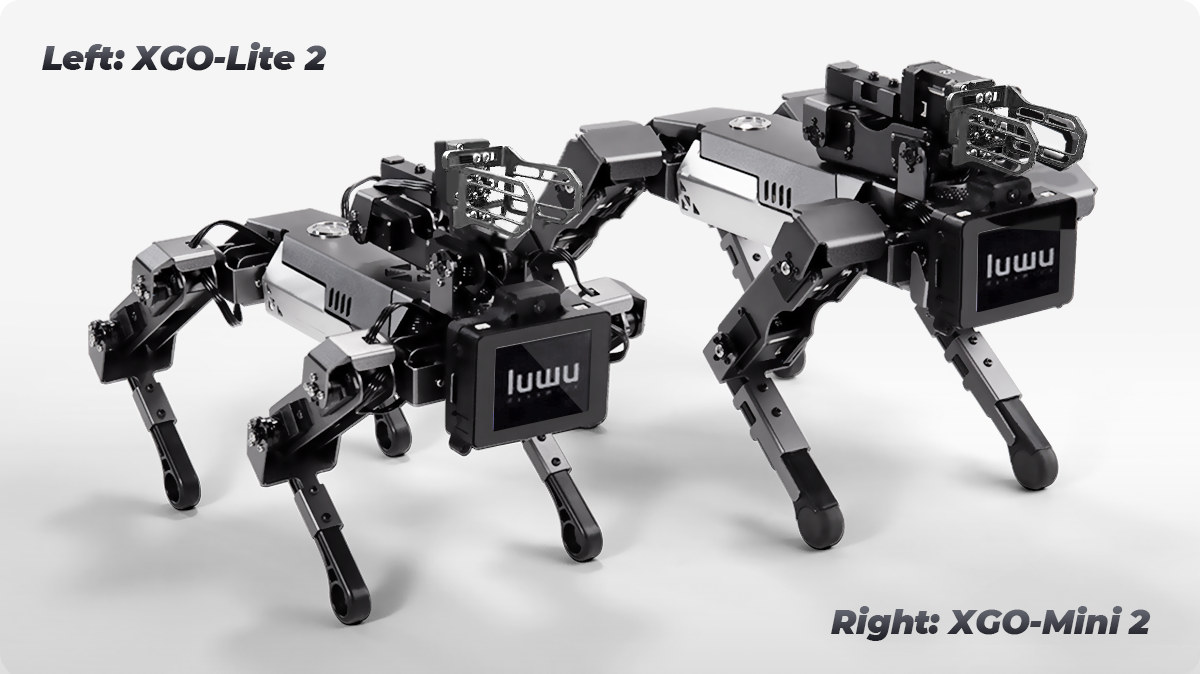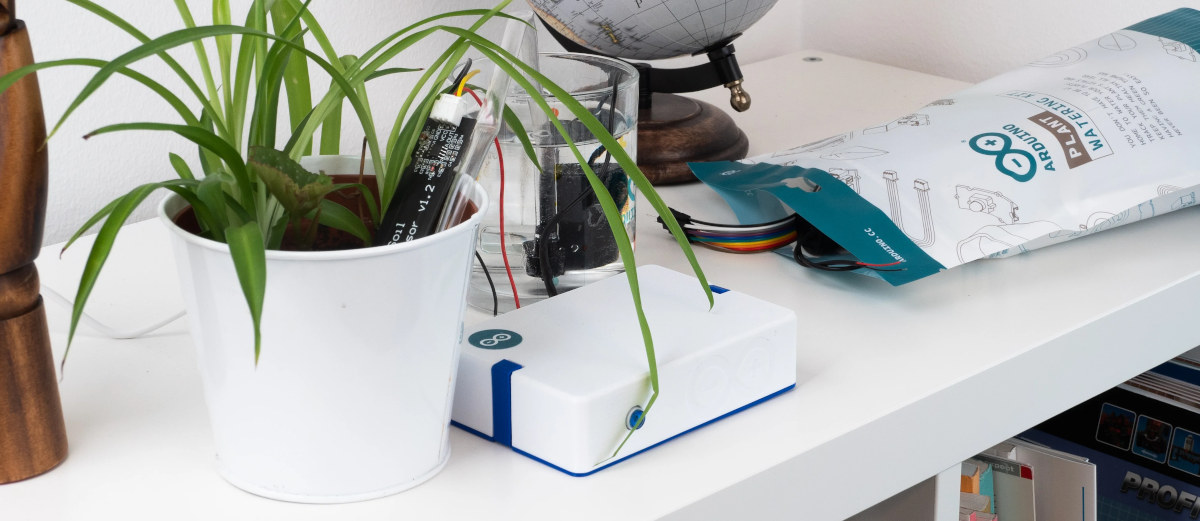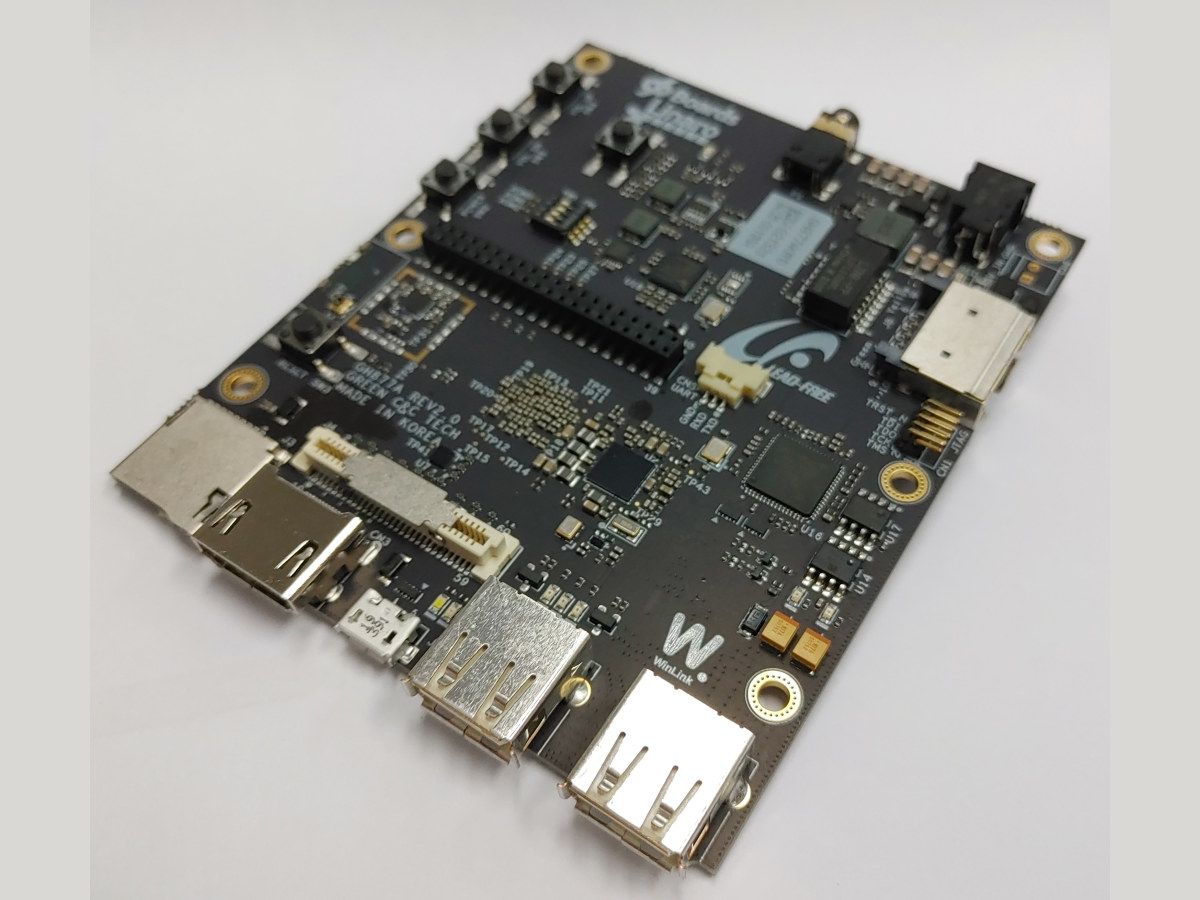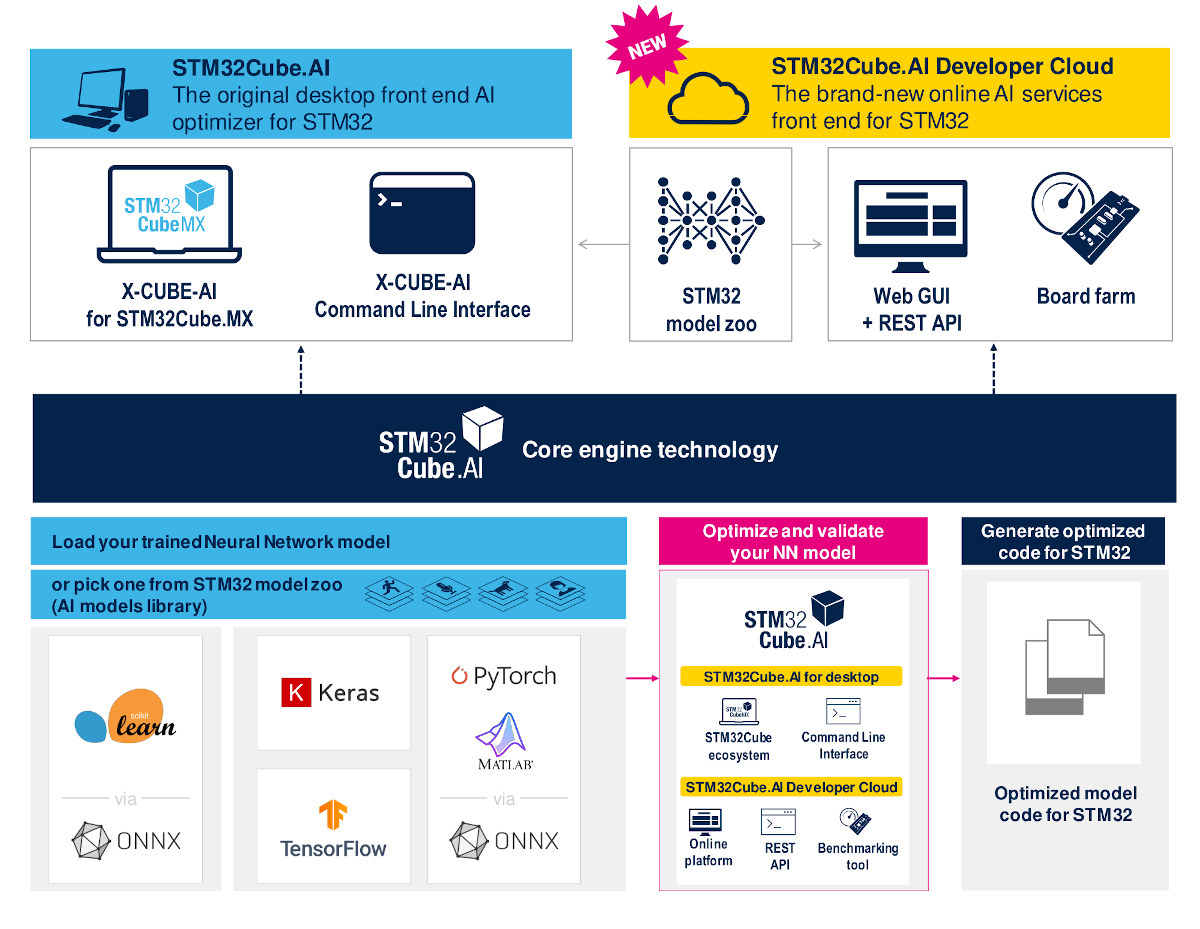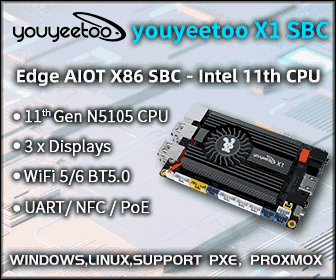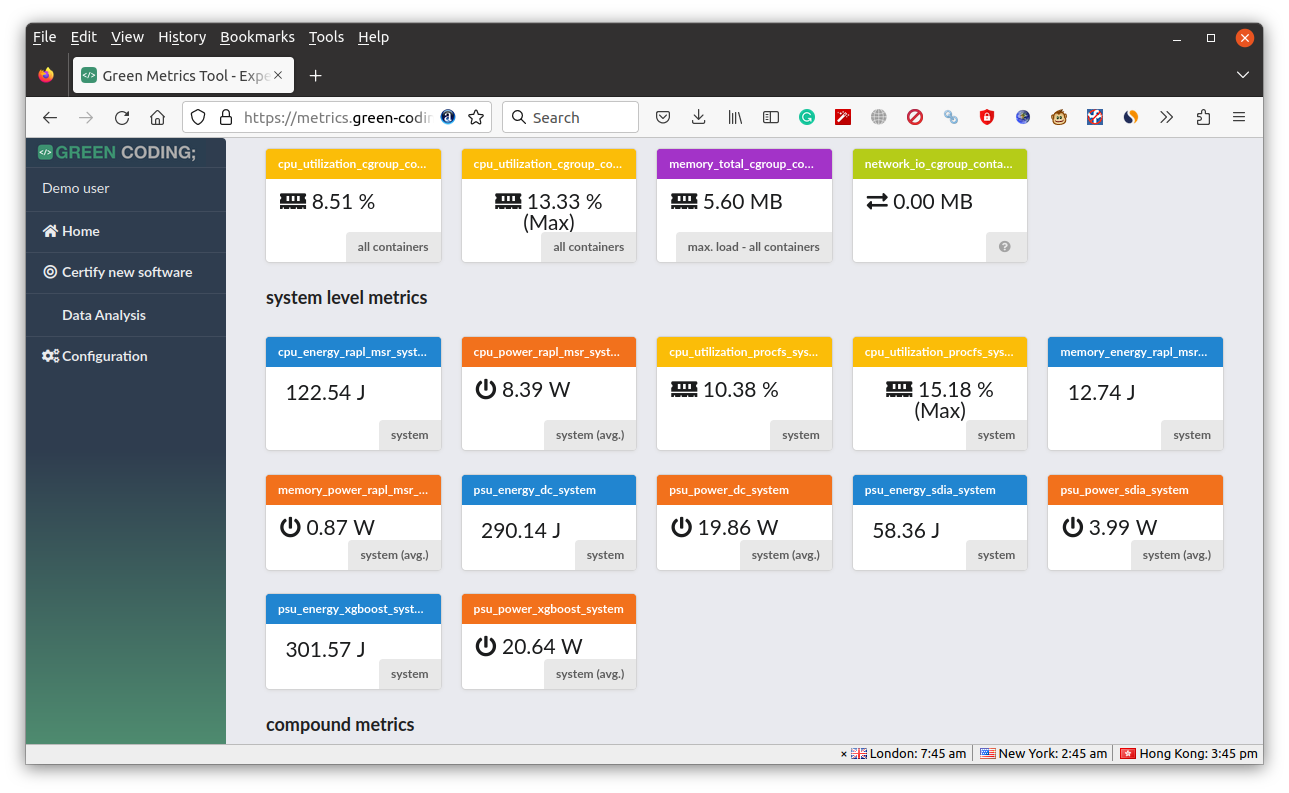FOSSBot is an “open design” 3D printed educational robot comprised of a Raspberry Pi SBC and various off-the-shelf modules, as well as open-source software that can be used for education purposes. The FOSSBot DIY robot has been developed by the Harokopio University of Athens and the Greek Free and Open Source Software (GFOSS) community, and builds upon the “GSOC 2019 – A DIY robot kit for educators” with the main goal being to have a platform to “familiarize teachers with modern education models based on the S.T.E.A.M approach. (Science, Technology, Engineering, Arts, Mathematics)”. FOSSbot key components: SBC – Raspberry Pi Zero W, Raspberry Pi 3, or Raspberry Pi 4. Mechanically and electrically compatible Raspberry Pi alternatives could be an option too although part of the software would have to be modified Storage – 32GB MicroSD card Expansion board – Adafruit Perma-Proto HAT for Pi – No EEPROM to connect sensors […]
Qualcomm-based Open-Q 2290CS and 4290CS SIPs target industrial IoT and machine vision applications
Lantronix has just unveiled two new System-in-Packages (SiP) with the entry-level Open-Q 2290CS SIP based on Qualcomm QCS2290 quad-core Cortex-A53 processor designed for industrial IoT applications and safety vehicle equipment control, and the pin-compatible, mid-range Open-Q 4290CS SIP based on Qualcomm QCS4290 octa-core Kryo 260 CPU for applications requiring artificial intelligence and machine learning capabilities. The Open-Q 2290CS module comes with 2GB LPDDR4, 16GB eMMC flash, WiFi 5 and Bluetooth 5.0 connectivity, while the Open-Q 4290CS module is equipped with up to 6GB LPDDR4, up to 256GB eMMC flash., and Wi-Fi 5 with some Wi-Fi 6 features (TWT & 8SS), and Bluetooth 5.1. Lantronix also offers the Open-Q AL2 development kit supporting either both SIP modules for evaluation and rapid prototyping. Open-Q 2290CS – Qualcomm QCS2290 SiP Specifications: SoC – Qualcomm QCS2290 quad-core Cortex-A53 processor at up to 2.0 GHz with Adreno 702 GPU at 845 MHz with support for […]
XGO 2 – A Raspberry Pi CM4 based robot dog with an arm (Crowdfunding)
XGO 2 is a desktop robot dog using the Raspberry Pi CM4 as its brain, the ESP32 as the motor controller for the four legs and an additional robotic arm that allows the quadruped robot to grab objects. An evolution of the XGO mini robot dog with a Kendryte K210 RISC-V AI processor, the XGO 2 robot offers 12 degrees of freedom and the more powerful Raspberry CM4 model enables faster AI edge computing applications, as well as features such as omnidirectional movement, six-dimensional posture control, posture stability, and multiple motion gaits. The XGO 2 robot dog is offered in two variants – the XGO-Lite 2 and the XGO-Mini 2 – with the following key features and specifications: The company also says the new robot can provide feedback on its own postures thanks to its 6-axis IMU and sensors for the joints reporting the position and electric current. A display […]
Arduino Plant Watering Kit combines Nano RP2040 Connect with moisture sensor and submersible pump
You’ve probably seen a few plant watering projects based on Arduino over the years, and now the company has decided to launch its own Arduino Plant Watering Kit based on the Arduino Nano RP2040 Connect board and everything you need to get started to water your indoor plants. Arduino Plant Watering Kit content: Arduino Nano RP2040 Connect board (ABX00053) with Raspberry Pi RP2040 MCU, ESP32 module for WiFi, and Bluetooth LE connectivity. Arduino Nano Screw Terminal Adapter (ASX00037) Open-ended USB cable with on/off switch 5V submersible pump 1-meter of plastic hose Grove moisture sensor Grove relay module with cable Grove LED button module with cable Grove cables 50 cm 10x Jumper wires (15 cm) 12x screw connectors Simply connect the moisture sensor and the water pump (through the relay) to the Nano RP2040 Connect board, insert the moisture sensor in a flower pot, and put the pump in a recipient […]
WinLink E850-96Board SBC is powered by Samsung Exynos 850 Octa-core Cortex-A55 SoC
WinLink E850-96Board is a 96Boards CE Extended-compliant single board computer (SBC) based on a Samsung Exynos 850 octa-core Cortex-A55 processor plus 64GB flash and 4GB RAM found in a single eMCP (embedded Multi-Chip Package) chip. While the Samsung Exynos 5422 based ODROID-XU4/XU4Q was one of the most popular SBCs when it launched in 2015 thanks to its features set and affordable pricing, we haven’t really seen other interesting Samsung Exynos SBCs in recent years. I did notice a WinLink E850-96Board based on Exynos 850 in the Linux 5.17 release last March, but there was not enough information then. The good news is that the board has now launched so let’s have a closer look. WinLink E850-96Board “All-in” board specifications: SoC – Samsung Exynos 850 CPU – Octa-core Arm Cortex-A55 processor @ up to 2.0GHz GPU – Arm Mali-G52 MP1 GPU supporting OpenGL ES1.1/2.0/3.2, OpenCL 2.0 Full Profile, and Vulkan 1.0/1.1 […]
STM32Cube.AI Developer Cloud generates AI workloads for STM32 microcontrollers
STMicroelectronics has just announced the STM32Cube.AI Developer Cloud opening access to a suite of online AI development tools for the STM32 microcontrollers (MCUs) allowing developers to generate, optimize, and benchmark AI working on the company’s 32-bit Arm microcontrollers. The company sus the STM32Cube.AI Developer Cloud is based on the existing STM32Cube.AI ecosystem of desktop tools with the added benefit of being able to remotely benchmark models on STM32 hardware through the cloud in order to save on workload and cost. Some of the highlights of the online tools include: An online interface to generate optimized C-code for STM32 microcontrollers without requiring prior software installation. Access to the STM32 model zoo, a repository of trainable deep-learning models and demos. It currently features human motion sensing for activity recognition and tracking, computer vision for image classification or object detection, audio event detection for audio classification, and more. You’ll find those on GitHub […]
Green Metrics Tool helps developers measuring & optimizing software power consumption
The Green Metrics Tool (GMT) is an open-source framework that allows the measurement, comparison, and optimization of the energy consumption of software with the goal of empowering both software engineers and users to make educated decisions about libraries, code snippets, and software in order to save energy along with carbon emissions. While the firmware of battery-powered embedded devices and the OS running on your smartphone are typically optimized for low power consumption in order to extend the battery life, the same can not be said of most software running on SBCs, desktop computers, and servers. But there are still benefits of having power-optimized programs on this type of hardware including lower electricity bills, a lower carbon footprint, and potentially quieter devices since the cooling fan may not have to be turned on as often. The Green Metrics Tool aims to help in that regard. The developers explain how that works: […]
GEEKOM Mini IT11 5GHz Tiger Lake mini PC sold with up to $90 discount (Sponsored)
GEEKOM is offering up to a $90 discount on its Mini IT11 Tiger Lake mini PC powered by an Intel Core i5-1155G7 or up to 5 GHz Core i7-1195G7 processor and equipped with 16GB RAM and 512 GB SSD storage. The promotion takes place exclusively on Amazon between January 30, 12 am PST, and February 5, 11:45 pm PST as follows: GEEKOM Mini IT11 i7 16+512 sold for $509.99 instead of $599.99, or a $90 discount GEEKOM Mini IT11 i5 16+512 sold for $429.99 instead of $499.99, or a $75 discount GEEKOM Mini IT11 specifications: Tiger Lake SoC (one or the other) Intel Core i5-1155G7 quad-core/8-thread processor @ up 2.5 GHz, 4.5 GHz (Turbo single core), 4.3 GHz (Turbo all cores), 8MB cache, 80EU Intel Iris Xe graphics @ 1.35 GHz; TDP: 28W Intel Core i7-1195G7 quad-core/8-thread processor @ up 2.9 GHz, 5.0 GHz (Turbo single core), 4.6 GHz (Turbo […]


